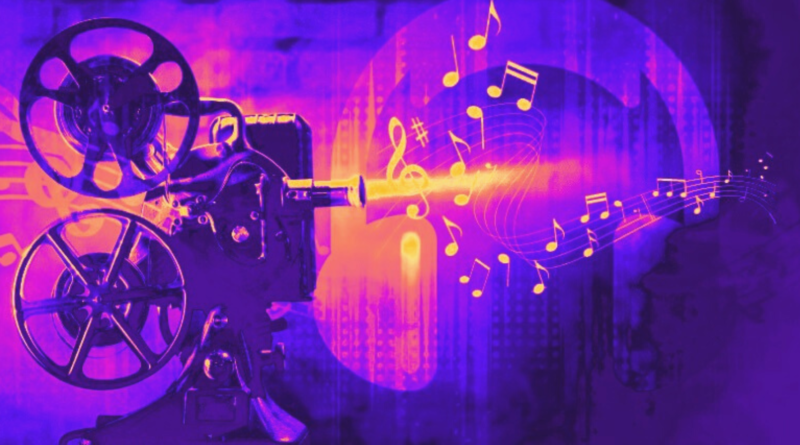The Musical Magic of Trailerization: Part II
We’ve identified what trailerization means in The Musical Magic of Trailerization, Part I. Here, we’ll dive deeper into the why behind the trailerization of music and offer some insight from the pros.
Part II: Why is trailerization needed?
The trailerization of music adds a cinematic quality to the soundscape that serves the trailer or film itself in multiple ways. As we mentioned in part one of this series, the goal of movie and trailer music is often to help make the viewer feel something. The story’s plot is supported by guiding the viewer to an emotional experience, and a personal connection to the story is forged in the viewer’s mind. Frequently, a trailer has between 30 seconds to 2 minutes to accomplish this goal. Cinematic music, like the kind often heard in trailerized music, is specifically designed to deliver an emotional response to the audience.

Cinematic Music
Cinematic songs often share specific sounds and elements such as powerful percussion aspects, Ostinatos (a short melodic phrase repeated throughout), repetitive pulsing, and larger-than-life orchestral pieces. These techniques can grab your attention and keep it. Dynamic intensity changes, strong builds, and sudden climaxes provide a rollercoaster of emotions. Powerhouse composers like Hans Zimmer employ personal signatures in their compositions. For example, Zimmer’s compositions frequently use specific note variations.
The Lydian mode is a specific scale that could be regarded as the hidden weapon of a cinematic composer. It’s prevalent in film music, and heavy hitters like John Williams and Thomas Newman often use it. One way to make music memorable is to include some element of surprise. A classic ruse is to work within a well-known chord progression to lull the listener into a false sense of predictability. Then inserting a change in progression to add a sense of surprise and excitement. Acclaimed scores such as Interstellar (Hans Zimmer), Blade Runner (Vangelis), and Drive (Cliff Martinez), share a similar soundscape provided by the heavy use of a synthesizer.
3 Trailer Types
The Guild of Music Supervisors held their 8th annual conference on October 1, 2022 and included a panel discussion titled “Everything you wanted to know about trailers, but were afraid to ask.” Moderated by Danny Exum (Director of Music, Workshop Creative), the discussion included expert insight from AG (Producer / Songwriter, BYAGINC), Anny Colvin (Head Of Music, MakeMake), David James Rosen (Founder / Composer, TOTEM), Evelin Garcia (Music Supervisor, The Hive at Walt Disney Studios), and Kelsey Mitchell (Director of Music, Ignition Creative). Some of the insight shared included three major categories of trailers included in a digital campaign such as marketing, teaser, and trailer.
- Marketing: A trailer designed for typical marketing of a project is usually between 10-30 seconds long and is composed of visuals from the project and a title card.
- Teaser: AKA a “tone poem” would typically follow and would have a duration closer to the 2 minute mark and is often music-centered.
- Trailer: Last but not least is a full trailer, often clocking in at about 2 and ½ minutes. A full length trailer will combine aspects from both a marketing piece and teaser and attempt to sell an audience on the full length feature film.
Although each version of a trailer lasts for around 2 minutes, these digital film and TV campaigns often take over a years worth of planning and production. Much like their full length counterparts, they require storyboarding, budgeting, sound design, and music.
Stay tuned for The Musical Magic of Trailerization: Part III where Tunefind will elaborate on the How of trailerization, including tips and tricks for breaking into the genre from the experts.





